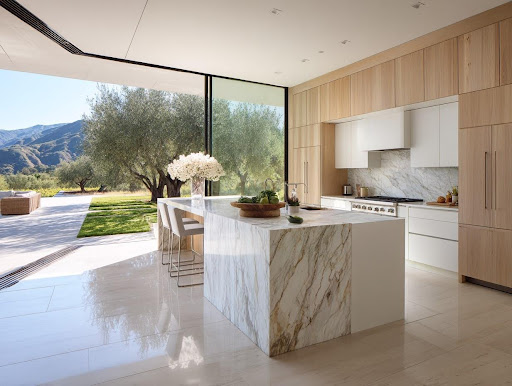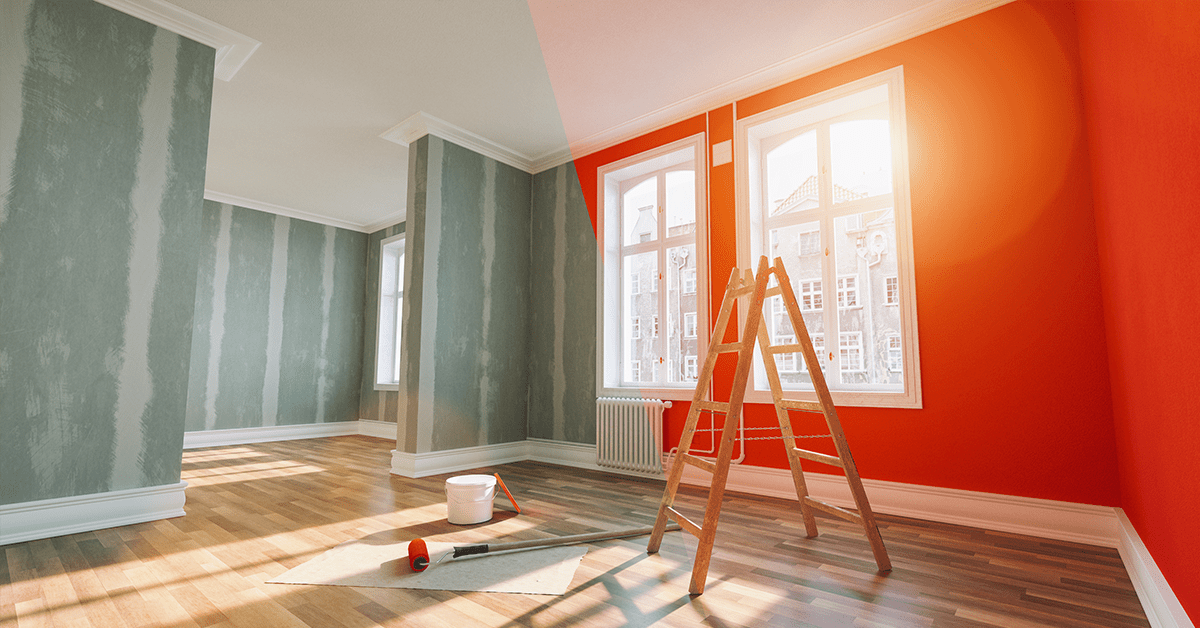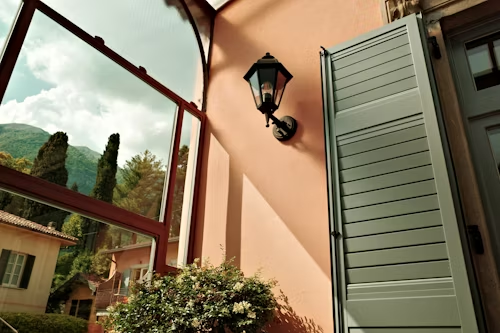Renovating your kitchen can be one of the most rewarding home improvement projects you undertake. Not only does it improve the aesthetics and functionality of your space, but it can also increase your home’s value. For many homeowners, a DIY kitchen renovation offers a way to customize their kitchen exactly how they want it while saving money on labor costs. However, to succeed in a DIY renovation, you need to understand the essential tools, materials, and techniques involved. This guide will walk you through everything you need to know to plan and execute a kitchen renovation project with confidence.
Planning Your DIY Kitchen Renovation
Before picking up any tools, thorough planning is critical. Begin by assessing your current kitchen’s condition and defining what you want to achieve with the renovation. Are you aiming for more storage, a modern aesthetic, better workflow, or all of the above? Creating a clear vision will help guide your material and tool choices.
Budgeting is another vital step. Establish a realistic budget that includes materials, tools, permits, and unexpected expenses. Set a timeline that fits your schedule, understanding that renovations often take longer than expected.
Finally, design your kitchen layout and style preferences. Use online tools or graph paper to draft your plans, considering appliance placement, cabinet sizes, countertop surfaces, and lighting.
Essential Tools for DIY Kitchen Renovation
Having the right tools is half the battle in any renovation project. Here’s a list of basic and specialty tools you’ll likely need:
- Basic Hand Tools: Hammer, flathead and Phillips screwdrivers, tape measure, carpenter’s level, utility knife, adjustable wrench, pliers, and a pry bar. These are necessary for demolition, assembly, and adjustments.
- Power Tools: A cordless drill is essential for screwing and drilling holes. Circular saws and jigsaws help with cutting wood or laminate materials. An orbital sander smooths surfaces before painting or staining.
- Safety Equipment: Gloves, safety goggles, dust masks, and ear protection safeguard you during demolition and power tool use.
- Specialty Tools (Optional): A stud finder helps locate wall studs for mounting cabinets securely. Tile cutters are handy if you’re installing a backsplash or new flooring. Paint sprayers speed up wall and cabinet painting.
Materials Needed for a Successful Kitchen Renovation
The choice of materials directly affects both the appearance and durability of your renovated kitchen.
- Cabinets: Stock cabinets are affordable and readily available, semi-custom cabinets offer some personalization, and custom cabinets provide the highest level of customization but at a higher cost.
- Countertops: Popular materials include quartz, granite, laminate, and butcher block. Quartz and granite offer durability and style but come at a premium, while laminate and butcher block provide budget-friendly alternatives.
- Flooring: Tiles, hardwood, and vinyl are common choices. Choose materials that withstand moisture and foot traffic.
- Backsplash: Tile, glass, or stone backsplashes add style and protect walls from cooking splashes.
- Paint and Primers: Quality paint and primers are essential for freshening walls and cabinetry.
- Plumbing Fixtures and Hardware: Faucets, sinks, cabinet handles, and knobs complete the look and functionality.
Key Techniques for DIY Kitchen Renovation
Understanding key renovation techniques ensures your project progresses smoothly:
- Demolition: Carefully remove old cabinets, countertops, appliances, and flooring. Use protective gear and dispose of debris responsibly.
- Electrical and Plumbing Basics: If upgrading outlets, lighting, or plumbing fixtures, familiarize yourself with local codes and safety protocols. Hiring licensed professionals for complex work is advisable.
- Cabinet Installation: Start by mounting upper cabinets, ensuring they are level and securely fastened to studs. Follow with lower cabinets, aligning them carefully to maintain even countertops.
- Countertop Installation: Depending on the material, countertop installation can be DIY-friendly or require professionals. Laminate is easier to install than granite or quartz.
- Flooring Installation: Prepare the subfloor by cleaning and leveling. Use manufacturer guidelines for tile or hardwood installation.
- Painting: Proper surface preparation through sanding and priming leads to a professional finish. Use painter’s tape for clean edges and apply multiple thin coats.
- Backsplash Installation: Measure carefully and use appropriate adhesive. Spacing and grouting require patience and precision.
Common Challenges and How to Overcome Them
DIY renovations come with challenges, but knowing how to address them helps keep your project on track.
- Uneven Walls or Floors: Use shims during cabinet installation to compensate for irregularities.
- Misaligned Doors or Drawers: Adjust hinges and slides, and measure thoroughly before fixing.
- Wood Warping or Splitting: Use quality, kiln-dried wood and avoid moisture exposure during construction.
- Time Management: Set realistic goals, avoid rushing, and tackle tasks in manageable stages.
Budgeting Tips and Cost-Saving Strategies
Saving money without compromising quality is often the goal of DIY renovations.
- Prioritize: Invest in key elements like durable countertops and reliable cabinets, and save on decorative touches.
- Shop Smart: Look for sales, bulk discounts, or gently used materials.
- DIY vs. Professional: Handle demolition, painting, and installation yourself, but consider professionals for plumbing or electrical work to avoid costly mistakes.
Maintenance Tips Post-Renovation
Once your renovation is complete, maintaining your kitchen ensures lasting beauty and functionality.
- Clean surfaces regularly with appropriate cleaners.
- Prevent water damage by wiping spills immediately.
- Address minor repairs like scratches promptly.
- Maintain appliances and fixtures according to manufacturer instructions.
Frequently Asked Questions (FAQs)
How long does a DIY kitchen renovation take?
It varies by project size and complexity but typically ranges from several weeks to a few months.
What skill level is required?
Basic woodworking and home improvement skills help. Beginners should research extensively and consider simpler projects.
Can I do plumbing and electrical work myself?
Minor tasks like replacing faucets or light fixtures may be DIY-friendly, but major plumbing and electrical changes should be done by licensed professionals.
Where can I find reliable DIY kitchen renovation resources?
Online tutorials, home improvement forums, local workshops, and DIY kits provide valuable guidance.
Conclusion
A DIY kitchen renovation can save you money, allow full customization, and provide a rewarding hands-on experience. By carefully planning your project, gathering the right tools and materials, mastering essential techniques, and preparing for common challenges, you can transform your kitchen into a stylish and functional space.
Start your DIY kitchen renovation today with confidence, knowing you have the knowledge to make smart choices and create the kitchen of your dreams.













